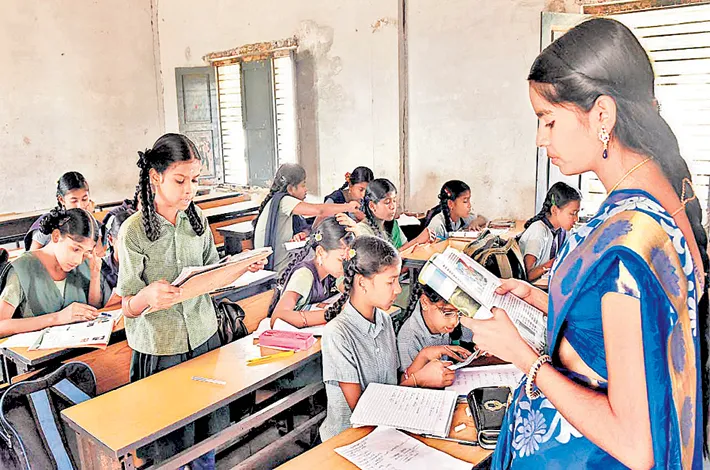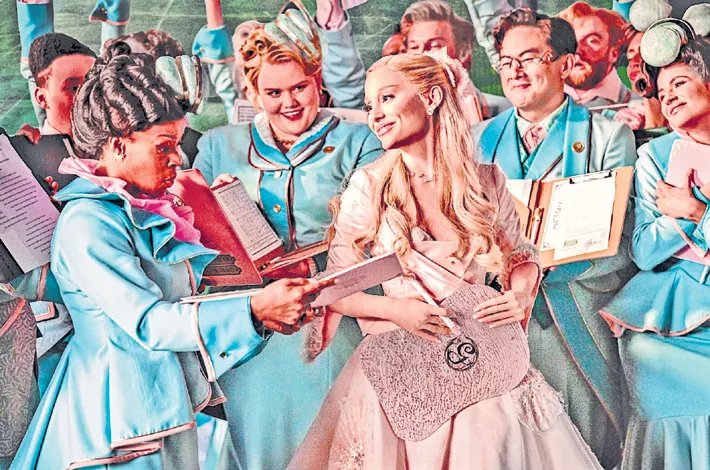SGT post cuts spark worries over Telangana primary education
14-10-2025 12:00:00 AM

- SGT posts to be cut: 2,063
- PET posts to be added: 1,803
- HM posts to be sanctioned: 260
- Total government schools: 24,227
- Total teachers: 1,04,605
The Telangana government’s recent decision to cut over 2,000 Secondary Grade Teacher (SGT) posts has raised concerns about the quality of primary education in the state. The education department has proposed reducing SGT posts to allocate positions for Physical Education Teachers (PETs) in high schools and Head Masters (HMs) in 260 schools. Teachers warn that these moves could negatively impact teaching standards, especially in schools already facing staff shortages.
Telangana has 24,227 government schools, including 16,448 primary, 3,102 upper primary, and 4,677 high schools, employing a total of 1,04,605 teachers. Officials claim there is no shortage, citing 21,140 surplus teachers. Among primary schools, 40,571 SGTs are reported, with 11,232 considered surplus. In high schools, 51,211 teachers work, including 2,864 PETs, while 1,803 high schools still lack PETs.
However, teacher unions highlight that in many primary schools, one or two SGTs handle up to 18 subjects across grades 1 to 5. In some cases, a single teacher covers multiple classes and subjects, making it impossible to provide quality education. With pre-primary classes recently introduced, the need for regular teachers has increased further.
To meet the government’s directive of introducing PETs in every high school, 1,803 PET posts are to be sanctioned, and SGT posts will be reduced to create room for them. Similarly, 260 HMs will be appointed by cutting SGT positions, totaling 2,063 SGT posts to be removed.
Navath Suresh, General Secretary of the Telangana Regional Teachers’ Association, said, “Prioritizing sports is positive, but reducing SGT posts to create PET posts is not justified. It will severely affect primary education. Schools with more students need additional teachers. At least two teachers and a headmaster are essential in each primary school. Expecting one or two teachers to handle 18 subjects makes quality education impossible.”
Teachers also stressed that cutting posts under the pretext of surplus staff ignores the actual ground reality, placing undue burden on existing teachers and threatening students’ foundational learning.








